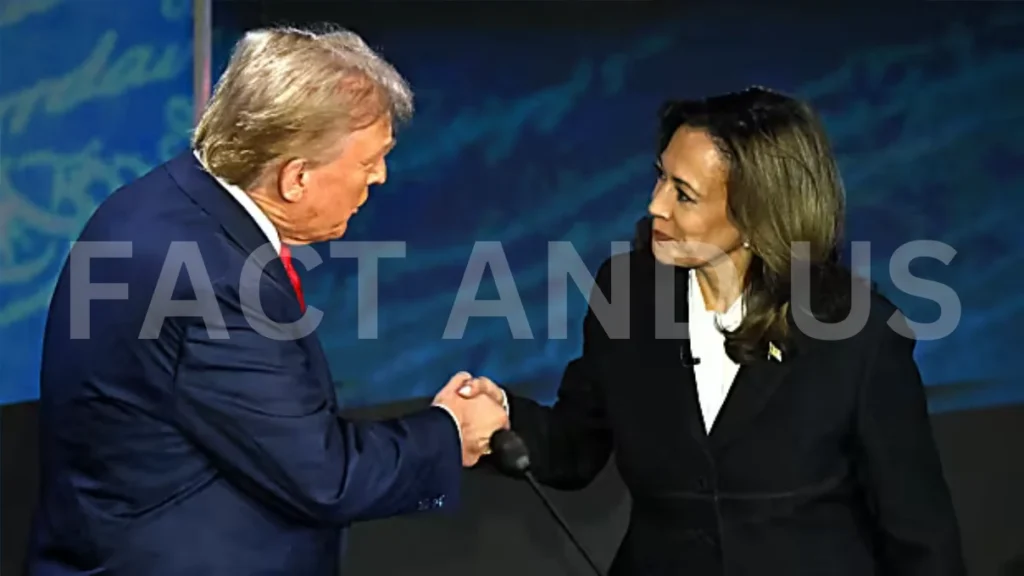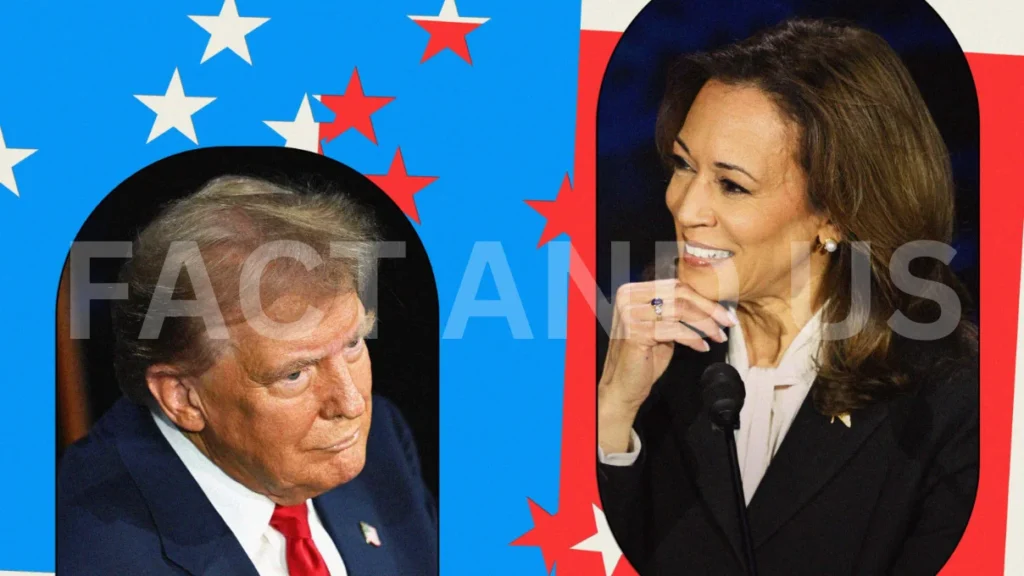Kamala Harris entered Tuesday night’s presidential debate with a clear plan: dominate and destabilize Donald Trump. It started with her opening power move, when she strode across the compact stage in Philadelphia to demand a handshake. This was her seizing the initiative and a telling sign that America’s surprise presidential candidate was keen to exert control over an opponent who has a track record of dominating these kinds of stages.

Trump-Harris Debate Election
In the hours since this blockbuster showdown, political pundits and networks have dedicated much time to praising and analyzing Harris’s approach. Her poking and prodding of Trump. Her mocking, derisory laughter as she ribbed him with personal attacks and then watched as he lost his cool and pushed back angrily.
The scale and tone of this coverage is largely due to the fact her strategy was successful. The few instant polls we saw after the debate indicated a resounding victory for Harris. And while the history of US elections shows this does not always translate to a victory in November, it was surprising to see Harris take on Trump in this aggressive way.
But, however successful this approach was, it is ultimately surface-level stuff. It is body language and facial expressions and sharp ripostes. Before this event, polls consistently suggested voters wanted to know more about where Harris stood on the key issues. Her campaign so far has been light, even vague, on hard policy. And while Trump is more well-established, voters are surely still keen to know what he would do in real terms if elected again.

So, did the debate tell us much about what either of them would do in office? Not particularly. Harris did come with prepared soundbites explaining her economic proposals that she has outlined before—a $6,000 child tax credit for infants, a $50,000 tax cut for small businesses, and $25,000 to help first-time home buyers with a down payment. She argued that Trump’s proposed tariffs on imported goods would cause higher prices for consumers.
These are all things we have heard several times previously from the campaign.
More Debate Coverage
- GLOBAL REACTION: What the world thought
- FACT-CHECK: Key claims from both sides examined
- ANALYSIS: Harris puts Trump on the defensive
- VOTER REACTION: Undecided Americans impressed by Harris
Trump, who has been positioning himself as the champion of “America First,” spent much of his time criticizing the current administration’s handling of the economy, immigration, and foreign policy. He argued that under his leadership, the country would see a return to economic prosperity, a crackdown on illegal immigration, and a stronger stance on international issues. While his rhetoric was passionate and forceful, critics argue that his answers lacked specifics on how he would achieve these goals.

Harris, on the other hand, emphasized the achievements of the Biden administration, including economic recovery efforts, infrastructure investments, and climate change initiatives. She defended the administration’s record while attacking Trump’s previous tenure and his positions on various issues. Harris highlighted her commitment to social justice and health care reforms but similarly faced criticism for not diving deeply into specific plans or strategies.
The debate underscored a broader trend in the 2024 election cycle: a focus on personality and past records rather than a substantive discussion of future policies. Voters are increasingly frustrated by the lack of concrete plans from both sides and are seeking clear, actionable proposals that address the nation’s most pressing challenges.
Political analysts noted that while the debate was spirited and engaging, it often fell short in providing voters with a clear understanding of how each candidate intends to tackle major issues. The exchange included numerous attacks and counterattacks, which, while highlighting the ideological divide, did little to illuminate specific policy differences.
The focus on personal attacks and broad assertions rather than detailed policy discussions reflects a trend seen in many recent elections. With both candidates leaning heavily on their respective narratives, the debate did little to advance the conversation about practical solutions or strategies for the future.
For voters, the debate may have reinforced existing opinions more than it clarified the candidates’ positions. Many viewers were left wanting more concrete information on how Trump and Harris would address issues like healthcare, education, and economic inequality. The lack of detailed policy proposals has led to growing calls for future debates to focus more on substantive discussions rather than personal jabs.

As the election season progresses, the challenge for both candidates will be to shift the conversation from generalities to specifics. Voters are looking for clarity on how each candidate plans to address the complex and interconnected issues facing the country.
In conclusion, the Trump-Harris debate highlighted the ongoing trend of policy-light electoral contests. While the candidates presented their broad visions and attacked each other’s records, the debate underscored a pressing need for more detailed discussions on policy to help voters make informed decisions in the upcoming election.
stay connected with fact and us for more such news.
